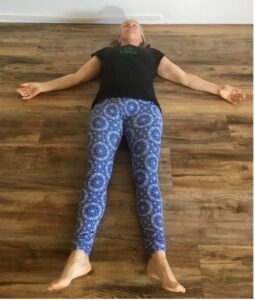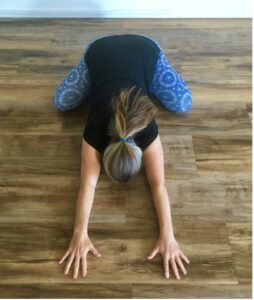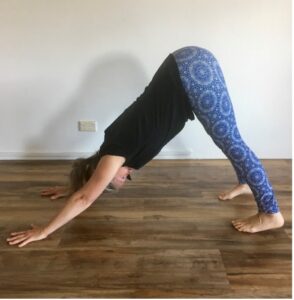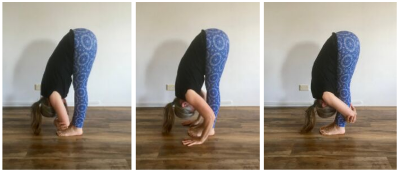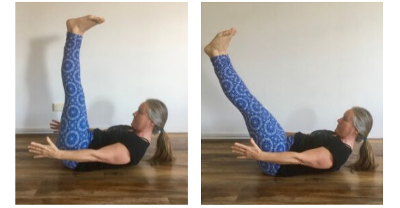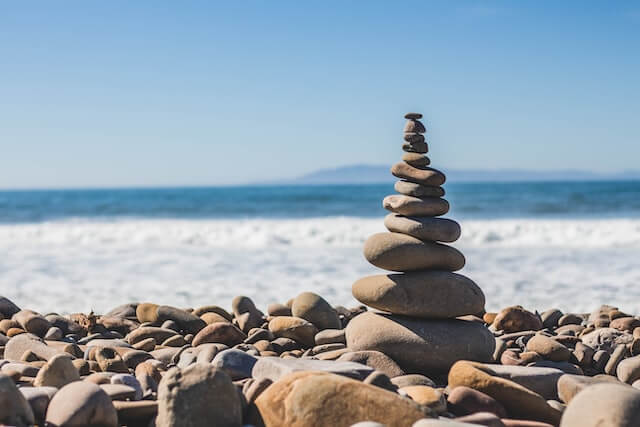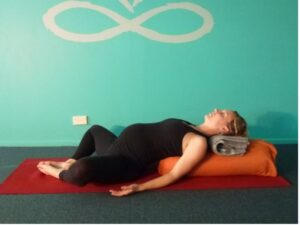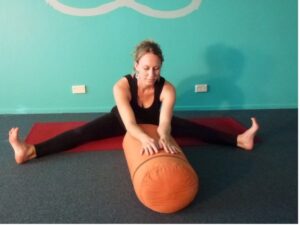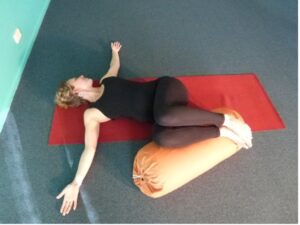Some years ago, when moving house – the professional removalists were amazed that I had energy to...

Kidney Energy and Relieving Neck Tension

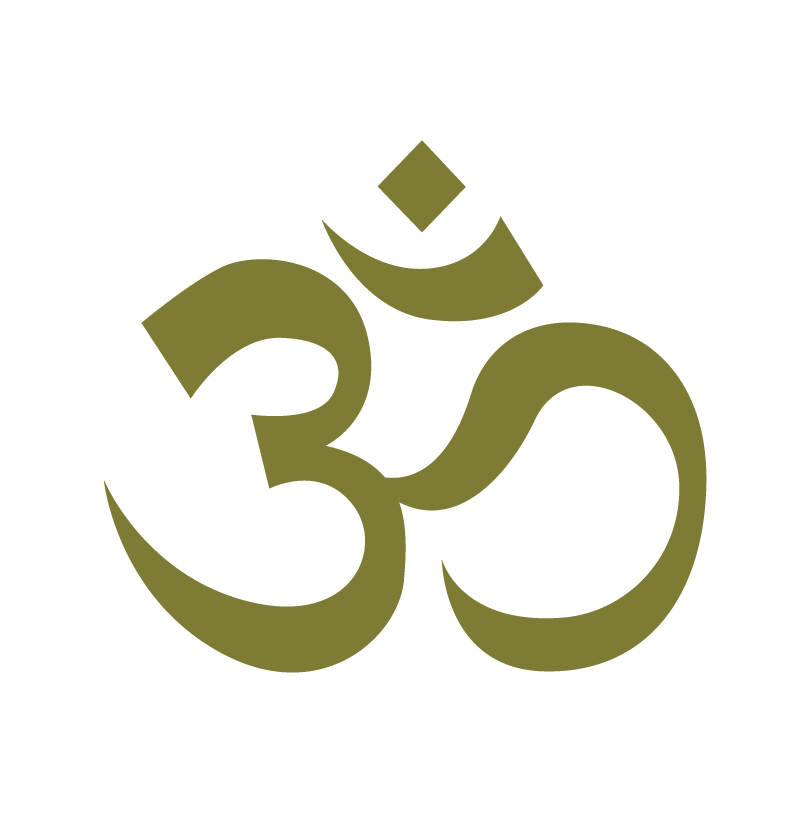
Kidney Energy and Relieving Neck Tension

Some years ago, when moving house – the professional removalists were amazed that I had energy to keep going up and down my steep driveway carrying things. My secret weapon was breathing into my kidneys!!! The kidneys are considered the energy warehouses of the body, kidney energy gives you your get up and go (of course the energy is produced by the mitochondria, but the kidney seems to store and release it).
 Recently, I have enjoyed remembering how powerful this simple technique is. We’re used to placing our hands on our kidneys in child pose – to ensure the vertebrae of the lower spine are getting space and taking pressure off the nerves – but you can place your hands on your kidneys in almost any pose to make sure there is space in the lower back, better pelvic placement, better action of the pose and most importantly – sustained energy levels and less chance of fatigue.
Recently, I have enjoyed remembering how powerful this simple technique is. We’re used to placing our hands on our kidneys in child pose – to ensure the vertebrae of the lower spine are getting space and taking pressure off the nerves – but you can place your hands on your kidneys in almost any pose to make sure there is space in the lower back, better pelvic placement, better action of the pose and most importantly – sustained energy levels and less chance of fatigue.
I’m sure there’s a detailed physiological reason behind this technique – e.g. the breath moves fully into the lower lobes of the lungs, causing the diaphragm to lower and push the abdominal organs down and out requiring the pelvis to move to accommodate them – or something like that!? To be honest, I can’t fully explain why this works, only that it does – and is replicable over and over again, in my own body, and bodies of hundreds of students. It is especially great if you tend to over arch your back in the standings and find your mid/lower back is tense.


 Simply place the top hand on your kidney and breath into it in standing postures like trikonasana, or parsvakonasana, or on both kidneys for forward standings like parsvottanasana or forward bends like cross legs or any seated forward. Placing the hands creates a focus point for the breath to move into.
Simply place the top hand on your kidney and breath into it in standing postures like trikonasana, or parsvakonasana, or on both kidneys for forward standings like parsvottanasana or forward bends like cross legs or any seated forward. Placing the hands creates a focus point for the breath to move into.
Once you feel your “kidney” expand, you can release the hand to its normal position in the pose. I find the action of the pose increases all the way down through the legs and feet into the earth, making the pose stronger and more stable (sthithi); and the spine, neck and arm action seems to extend more fully as well. It’s also great in twists to place your hands on your kidneys and feel them inflate on the inhale, then use your hands to guide the turn on the exhale. This gets a nice deep twist through the jathara (abdomen/middle) which is where we want it to come from in a twist. These practices also train the body beautifully for other poses.
As with all tips, don’t take my word for it – try it out!!! practice, explore, and make the knowledge yours. We are always looking for more skilfull and intelligent ways to move, sometimes the most subtle actions create profound change. I look forward to hearing how you go.
Neck and shoulder tension in standing poses such as Trikonasana and Parsvakonasana can look like this:

The remedy for this is usually simple:
1) Come up out of the pose a little;
2) Lift the head.

You would be amazed at the difference these two simple actions make. Then you can get a fuller inhale, and direct the action of the breath through the crown and arms more easily on the exhale. Your pose will extend more and feel more alive. It requires satya (truthfulness) to know where your limits are and work with them, not give into ambition and go as far as you can.
More like this
Kidney Energy and Relieving Neck Tension
Heading Towards Headstand
Headstand is one of the most advanced postures. Although many can do it, it is important to do it...
Balancing Hormones
Often I find myself talking to a lot of people about hormone imbalance in various forms. As one of...

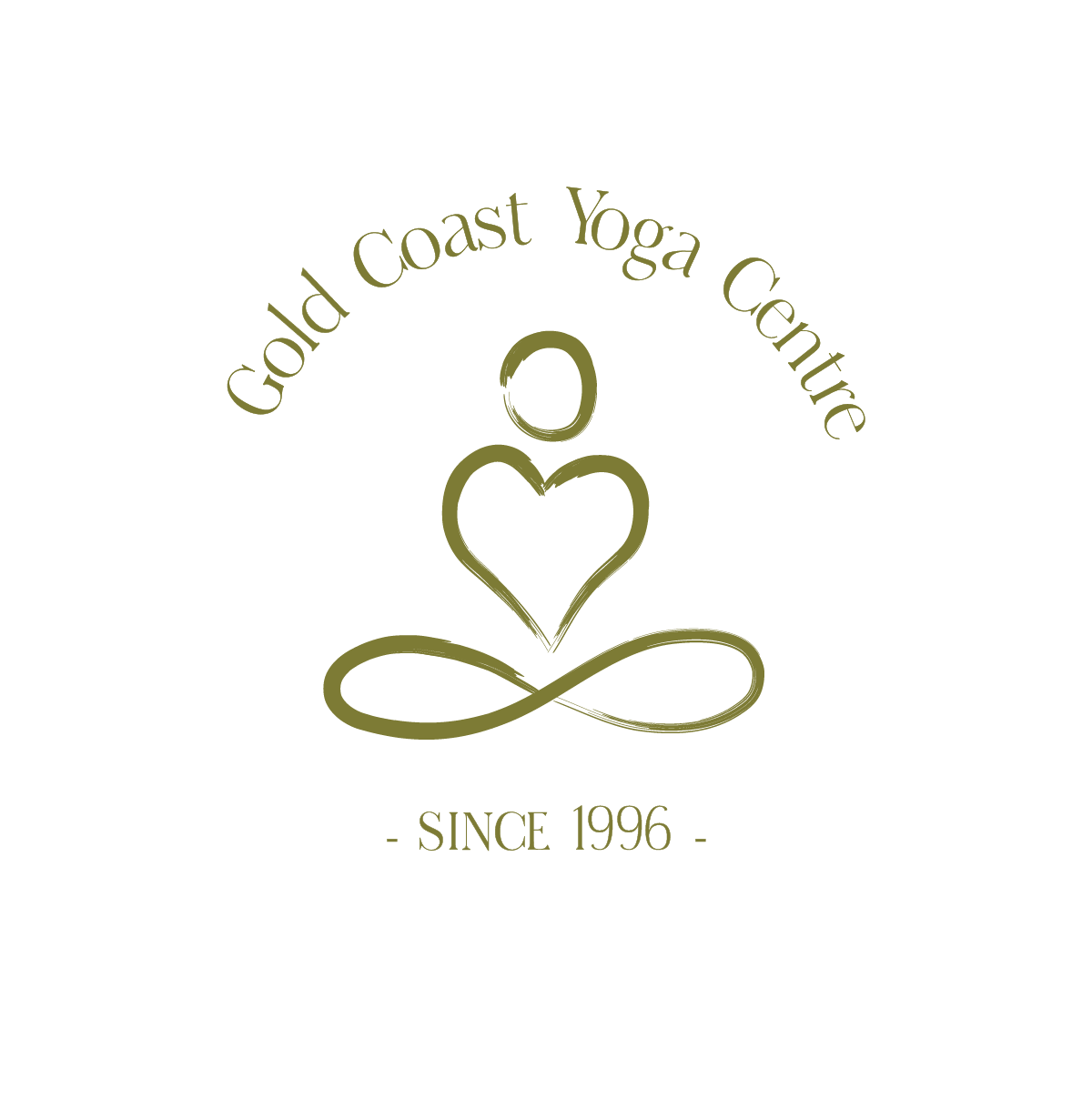
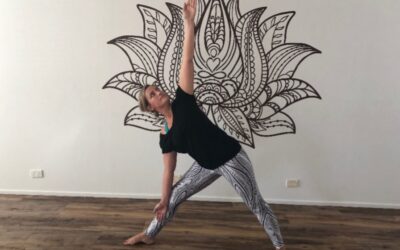

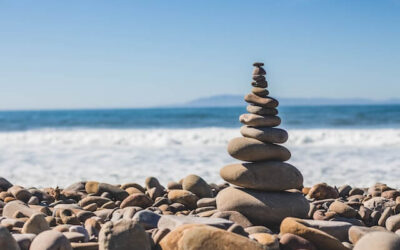

 Headstand is one of the most advanced postures. Although many can do it, it is important to do it properly to avoid serious injury and get the maximum benefit. We run workshops in the practice of Headstand, but here are a few postures that almost anyone can do to prepare your body to be able to move towards Headstand safely.
Headstand is one of the most advanced postures. Although many can do it, it is important to do it properly to avoid serious injury and get the maximum benefit. We run workshops in the practice of Headstand, but here are a few postures that almost anyone can do to prepare your body to be able to move towards Headstand safely.